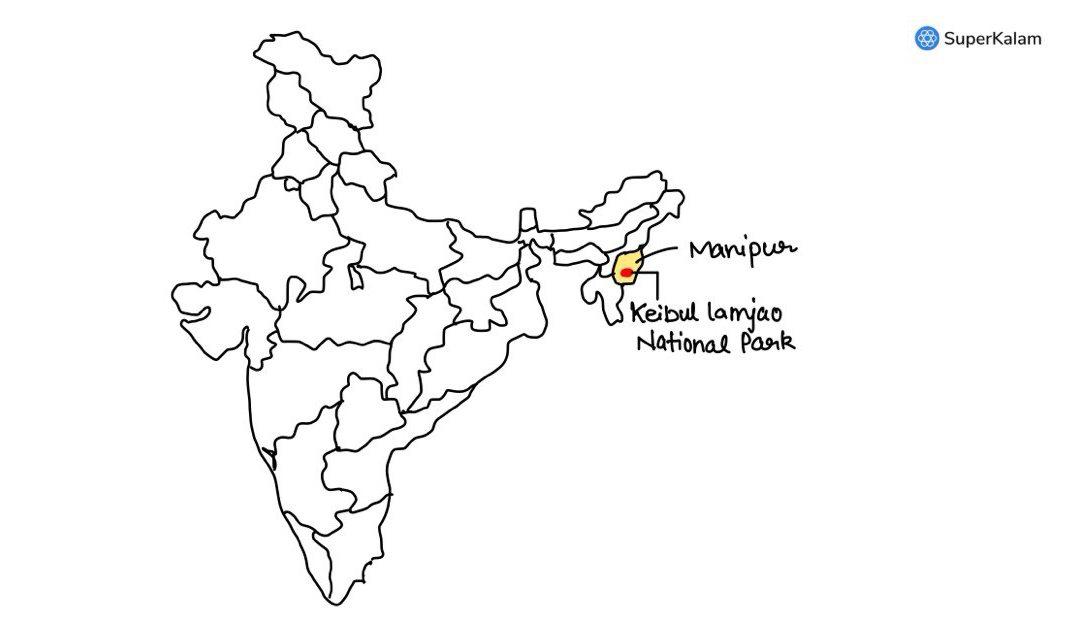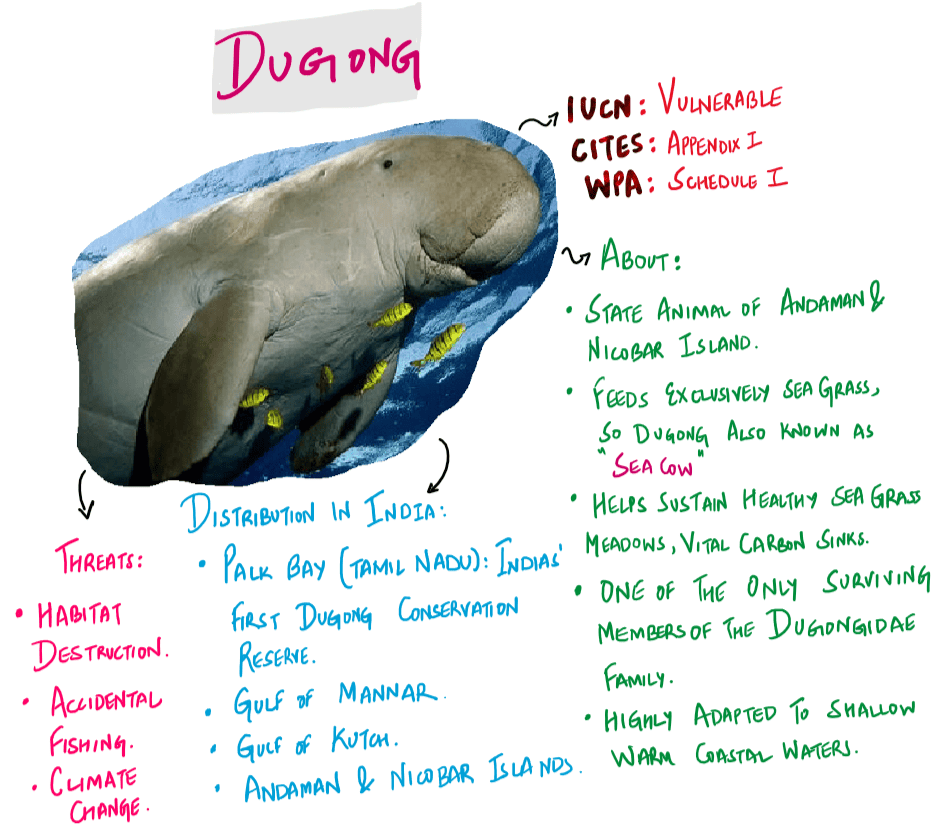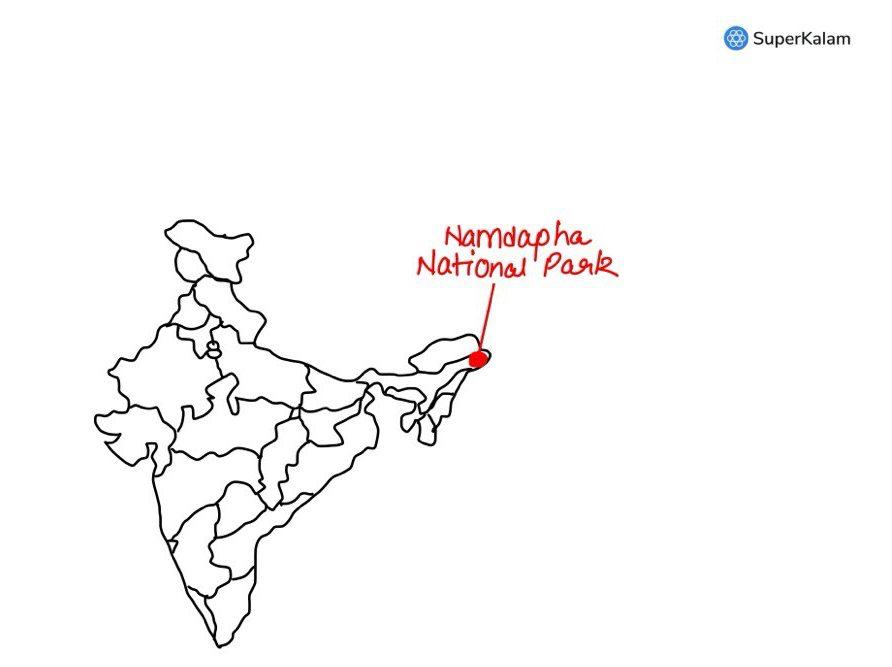UPSC Prelims 2015 Analysis
Subject wise MCQ distribution
- Environment & Ecology (18 Questions): Covered biodiversity, climate change, environmental governance, and sustainability. Questions on international conservation initiatives like BioCarbon Fund and Green Climate Fund were prominent. Several questions were maps-based, requiring conceptual clarity and an ability to link static concepts with current affairs.
- Economy (16 Questions): Topics included monetary policies, banking sector trends, post-1991 reforms, and international economic developments. Many questions required analytical abilities and an elimination-based approach. A mix of conceptual and factual questions, with a significant focus on current affairs.
- Indian Polity (14 Questions): Focused on constitutional provisions, governance structures, and recent legislative changes. Several questions followed the assertion-reasoning format. Required a strong grasp of NCERT-based themes and core governance concepts.
- International Relations (10 Questions): Covered global organizations, India’s foreign policy, and international treaties. This section was heavily inclined towards current affairs, testing awareness of recent geopolitical developments. Some questions followed the match the following pattern.
- Science & Technology (10 Questions): Focused on space technology, biotechnology, AI, and emerging technologies. Many questions required linking current affairs with static concepts, reflecting the increasing importance of interdisciplinary knowledge.
- History (Ancient: 1, Medieval: 3, Modern: 8, Art & Culture: 4): Modern History had the highest representation, emphasizing national movements, colonial policies, and governance structures. Many questions followed the multi-statement and match the following formats, requiring both factual recall and analytical thinking.
- Geography (Indian: 8, Physical: 4, World: 2): Had a moderate presence, with emphasis on physical features, climate patterns, and resource distribution. Several questions were maps-based, testing location awareness and conceptual clarity.
- Social Issues & Schemes (2 Questions): A minor section, covering key government schemes & initiatives related to education, health, and welfare programs. Some questions were designed for elimination-based problem-solving.

Difficulty analysis
- Medium Difficulty (54 Questions): Formed the largest portion, requiring a blend of conceptual clarity and critical thinking.
- Easy Questions (29 Questions): Nearly one-third of the paper consisted of relatively simple questions, providing scoring opportunities for well-prepared candidates.
- Hard Questions (17 Questions): A limited but significant number of challenging questions, demanding deeper analytical skills and application-oriented thinking.

Variations in Question framing
- Multi-Statement Questions (46%) – Required critical thinking, analytical abilities, and elimination strategies. Frequently seen in Polity, Economy, and Environment.
- Direct Questions (54%) – More straightforward, favoring factual recall, particularly in Geography, History, and Science & Technology.

Current Affairs vs. Static Questions
- Static-Based (60 Questions): The majority of the paper was based on NCERTs, standard textbooks, and foundational knowledge from traditional sources.
- Current Affairs-Based (40 Questions): The paper deviated from the past four years' trend. While some topics required inference-based reasoning, many current affairs questions were direct. The focus was more on factual details rather than integrating concepts with dynamic events.
Key learning for Future Preparation
- Strengthen Static Fundamentals: Given that 60% of questions were from static topics, aspirants should focus on NCERTs, standard textbooks, and government reports.
- Prioritize Environment & Ecology: The increasing weightage highlights the need to cover conservation initiatives, biodiversity, and environmental policies comprehensively.
- Master Indian Economy Concepts: This section remains crucial, requiring conceptual understanding of financial policies, economic trends, GST, Monetary Policy Committee, and government initiatives.
- Enhance Multi-Statement Question Solving Techniques: With nearly half the paper in this format, mastering elimination techniques and analytical reasoning is essential.
- Maintain a Strong Balance Between Static and Dynamic Knowledge: The 40% share of current affairs reinforces the need to integrate contemporary events into static concepts.
Subject-Wise Answer Key
QUESTION 1
Hard
Environment & Ecology
Prelims 2015
With reference to ‘fuel cells’ in which hydrogen-rich fuel and oxygen are used to generate electricity. Consider the following statements:
- If pure hydrogen is used as a fuel, the fuel cell emits heat and water as by-products.
- Fuel cells can be used for powering buildings and not for small devices like laptop computers.
- Fuel cells produce electricity in the form of Alternating Current (AC).
Which of the statements given above is/are correct?
A. 1 only
B. 2 and 3 only
C. 1 and 3 only
D. 1, 2 and 3
QUESTION 2
Easy
Environment & Ecology
Prelims 2015
What is Rio+20 Conference, often mentioned in the news?
A. It is the United Nations Conference on Sustainable Development
B. It is a Ministerial Meeting of the World Trade Organization
C. It is a Conference of the Intergovernmental Panel on Climate Change
D. It is a Conference of the Member Countries of the Convention on Biological Diversity
QUESTION 3
Medium
Environment & Ecology
Prelims 2015
‘BioCarbon Fund Initiative for Sustainable Forest Landscapes’ is managed by the -
A. Asian Development Bank
B. International Monetary Fund
C. United Nations Environment Programme
D. World Bank
QUESTION 4
Medium
Environment & Ecology
Prelims 2015
With reference to an organization known as ‘Birdlife International’ which of the following statements is/are correct?
- It is a Global Partnership of Conservation Organizations.
- The concept of ‘biodiversity hotspots’ originated from this organization.
- It identifies the sites known/referred to as ‘Important Bird and Biodiversity Areas’.
Select the correct answer using the code given below.
A. 1 only
B. 2 and 3 only
C. 1 and 3 only
D. 1, 2 and 3
QUESTION 5
Medium
Environment & Ecology
Prelims 2015
Which of the following National Parks is unique in being a swamp with floating vegetation that supports rich biodiversity?
A. Bhitarkanika National Park
B. Keibul Lamjao National Park
C. Keoladeo Ghana National park
D. Sultanpur National park
QUESTION 6
Medium
Environment & Ecology
Prelims 2015
With reference to ‘fly ash’ produced by the power plants using coal as fuel, which of the following statements is/are correct?
- Fly ash can be used in the production of bricks for building construction.
- Fly ash can be used as a replacement for some of the Portland cement content of concrete.
- Fly ash is made up of silicon dioxide and calcium oxide only and does not contain any toxic elements.
Select the correct answer using the code given below
A. 1 and 2 only
B. 2 only
C. 1 and 3 only
D. 3 only
QUESTION 7
Easy
Environment & Ecology
Prelims 2015
Which one of the following is the best description of the term “ecosystem”?
A. A community of organisms interacting with one another
B. That part of the Earth which is inhabited by living organism
C. A community of organisms together with the environment in which they live
D. The flora and fauna of a geographical area
QUESTION 8
Hard
Environment & Ecology
Prelims 2015
With reference to the Indian Renewable Energy Development Agency Limited (IREDA), which of the following statements is/are correct?
- It is a Public Limited Government Company.
- It is a Non – Banking Financial Company.
Select the correct answer using the code given below.
A. 1 only
B. 2 only
C. Both 1 and 2
D. Neither 1 or 2
QUESTION 9
Easy
Environment & Ecology
Prelims 2015
Which one of the following is the national aquatic animal of India?
A. Saltwater crocodile
B. Olive ridley turtle
C. Gangetic dolphin
D. Gharial
QUESTION 10
Medium
Environment & Ecology
Prelims 2015
With reference to ‘dugong’, mammal found in India, which of the following statements is/are correct?
- It is a herbivorous marine animal.
- It is found along the entire coast of India
- It is given legal protection under Schedule 1 of the Wildlife (Protection) Act, 1972.
Select the correct answer using the code given below.
A. 1 and 2 only
B. 2 only
C. 1 and 3 only
D. 3 only
QUESTION 11
Medium
Environment & Ecology
Prelims 2015
With reference to bio-toilets used by the Indian Railways, consider the following statements:
- The decomposition of human waste in the bio-toilets is initiated by a fungal inoculum.
- Ammonia and water vapour are the only end products in this decomposition which are released into the atmosphere.
Which of the statements given above is/are correct?
A. 1 only
B. 2 only
C. Both 1 and 2
D. Neither 1 nor 2
QUESTION 12
Hard
Environment & Ecology
Prelims 2015
Which one of the following National Parks has a climate that varies from tropical to subtropical, temperate and Arctic?
A. Namdapha National park
B. Nandadevi National Park
C. Neora Valley National Park
D. Khangchendzonga National park
QUESTION 13
Easy
Environment & Ecology
Prelims 2015
Which one of the following is associated with the issue of control and phasing out of the use of ozone-depleting substances?
A. Bretton Woods Conference
B. Montreal Protocol
C. Kyoto Protocol
D. Nagoya Protocol
QUESTION 14
Medium
Environment & Ecology
Prelims 2015
Which of the following statements regarding ‘Green Climate Fund’ is/are correct?
- It is intended to assist the developing countries in adaptation and mitigation practices to counter climate change.
- It is founded under the aegis of UNEP, OECD, Asian Development Bank and World Bank
Select the correct answer using the code given below.
A. 1 only
B. 2 only
C. Both 1 and 2
D. Neither 1 nor 2
QUESTION 15
Medium
Environment & Ecology
Prelims 2015
The term ‘IndARC’ sometimes seen in the news, is the name of?
A. an indigenously developed radar system inducted into Indian Defence
B. India’s satellite to provide services to the countries of Indian Ocean Rim
C. a scientific establishment set up by India in the Antarctic region
D. India’s underwater observatory to scientifically study the Arctic region
QUESTION 16
Medium
Environment & Ecology
Prelims 2015
With reference to the International Union for Conservation of Nature and Natural Resources (IUCN) and the Convention on International Trade in Endangered Species of Wild Fauna and Flora (CITES),
Which of the following statements is/are correct?
- IUCN is an organ of the United Nations and CITES is an international agreement between governments
- IUCN runs thousands of field projects around the world to better manage natural environments.
- CITES is legally binding on the States that have joined it, but this Convention does not take the place of national laws.
Select the correct using the code given below.
A. 1 only
B. 2 and 3 only
C. 1 and 3 only
D. 1, 2 and 3
QUESTION 17
Medium
Environment & Ecology
Prelims 2015
With reference to ‘Forest Carbon Partnership Facility’, which of the following statements is/are correct?
- It is a global partnership of governments, businesses, civil society and indigenous peoples.
- It provides financial aid to universities, individual scientists and institutions involved in scientific forestry research to develop eco-friendly and climate adaptation technologies for sustainable forest management
- It assists the countries in their ‘REDD+ (Reducing Emission from Deforestation and Forest Degradation+)’ efforts by providing them with financial and technical assistance.
Select the correct answer using the code given below
A. 1 only
B. 2 and 3 only
C. 1 and 3 only
D. 1, 2 and 3
QUESTION 18
Medium
Environment & Ecology
Prelims 2015
What can be the impact of excessive/inappropriate use of nitrogenous fertilizers in agriculture?
- The proliferation of nitrogen-fixing microorganisms in the soil can occur.
- Increase in the acidity of soil can take place
- Leaching of nitrate to the ground-water can occur.
Select the correct answer using the code given below.
A. 1 and 3 only
B. 2 only
C. 2 and 3 only
D. 1,2 and 3


